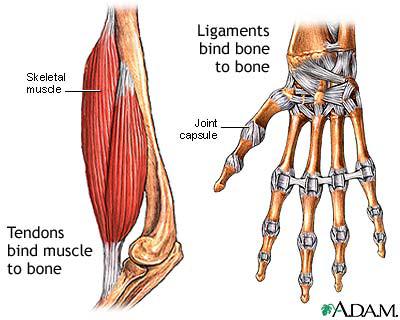Muscle tissue consists of two main components, the first is contractile, capable of producing force. The second is non contractile, capable of transmitting force. Both tissues work together under loading stress, however they adapt at different rates. Contractile tissue adaptations occur faster than non contractile tissue due to form, function, and nutrient availability. Tendons and ligaments are non contractile components that connect muscle to bone or bone to bone. These tissues primarily consist of collagen, for stiffness, and elastin, for flexibility.
Non contractile components are designed for storing elastic energy, allowing for shock training, otherwise known as plyometrics. These training methods include ballistic movements such as jumping and sprinting.
Here are a few ways to properly prepare ligaments and tendons:
- Focus on efficient movement mechanics prior to loading and exercise
- Increase stress loads gradually
- Eccentrics build control and strengthen the ligament-bone complex
- Use shock training, when appropriate, to develop stored elastic energy awareness
For more information on connective tissue click here.


